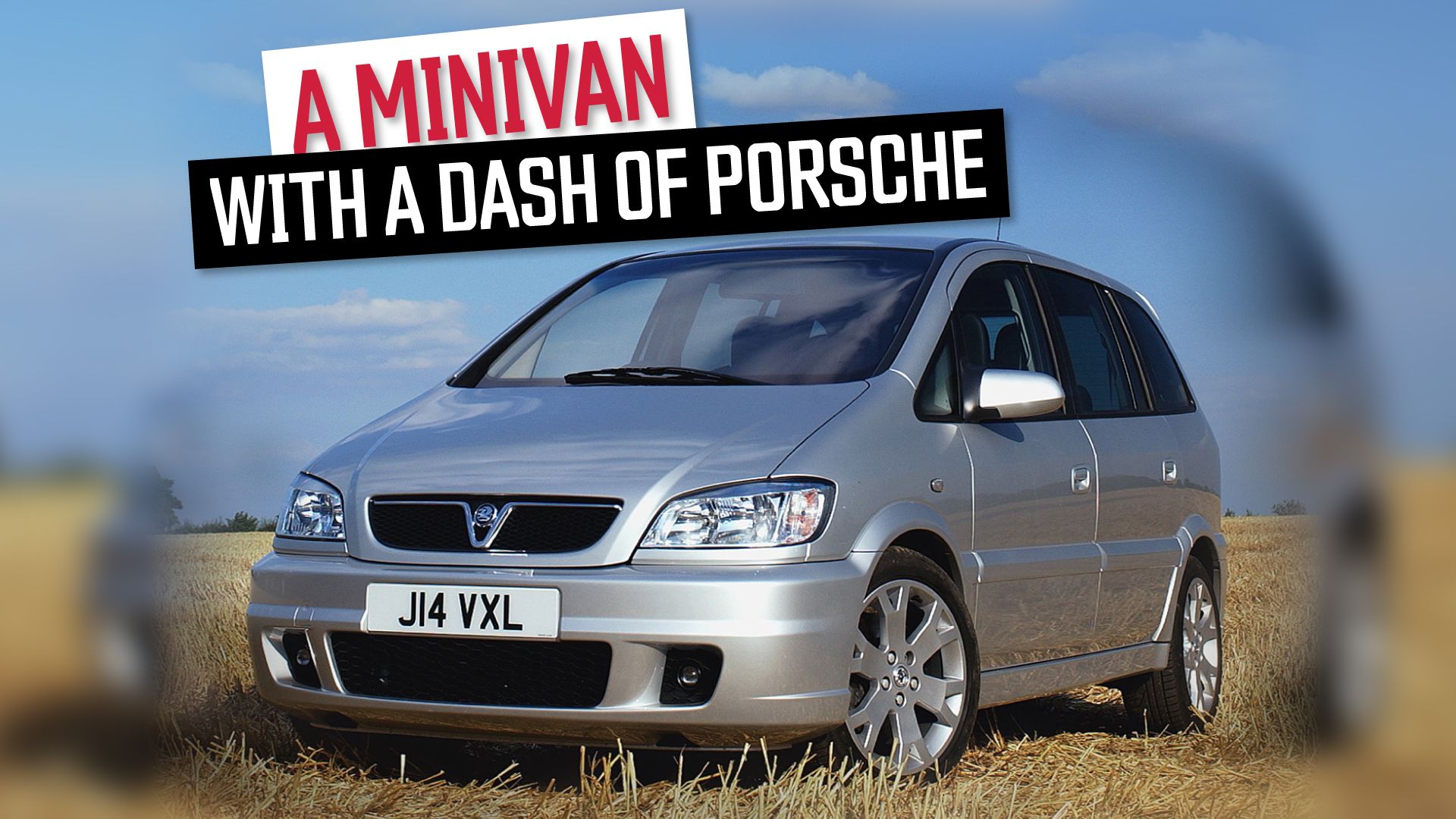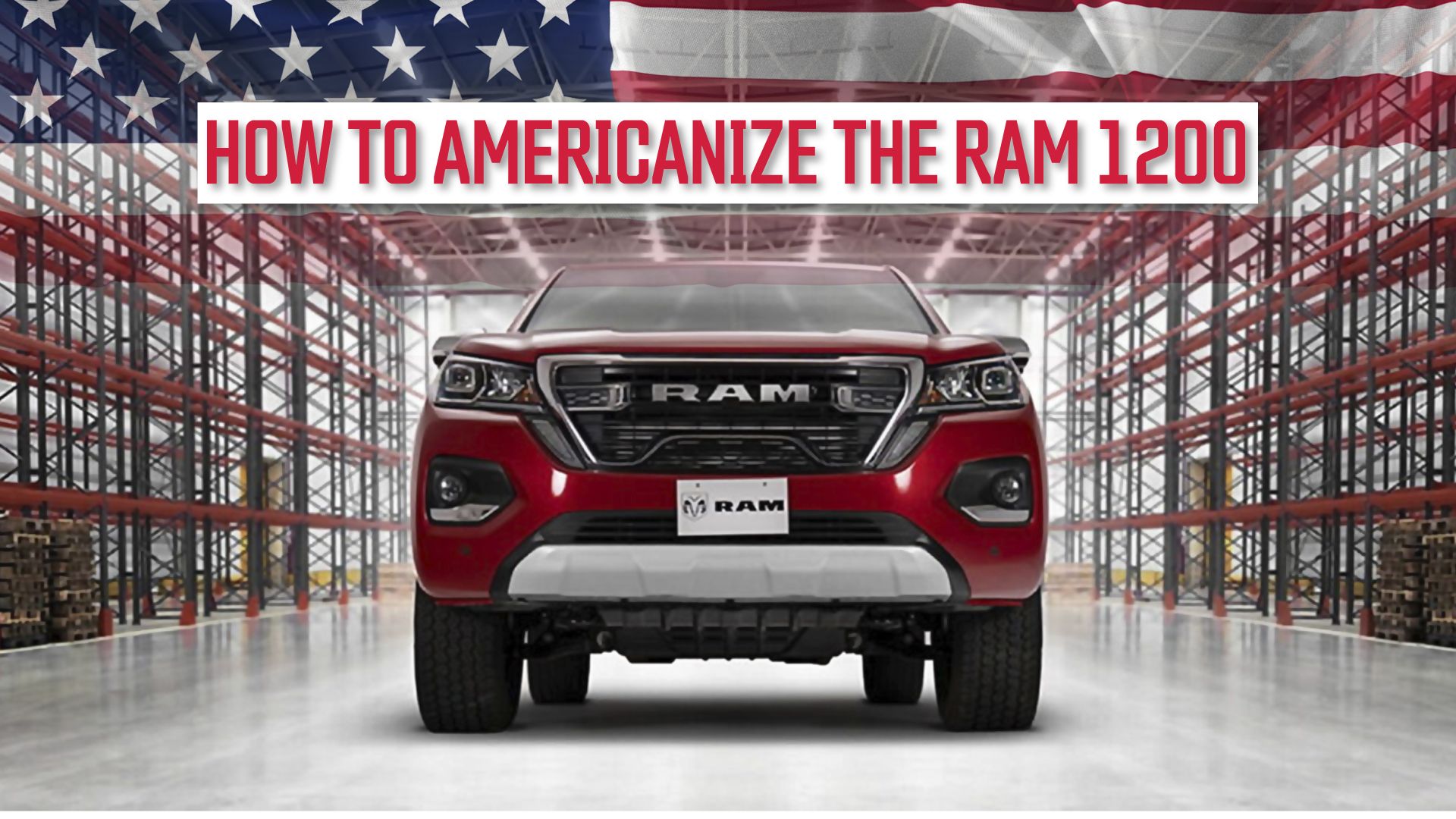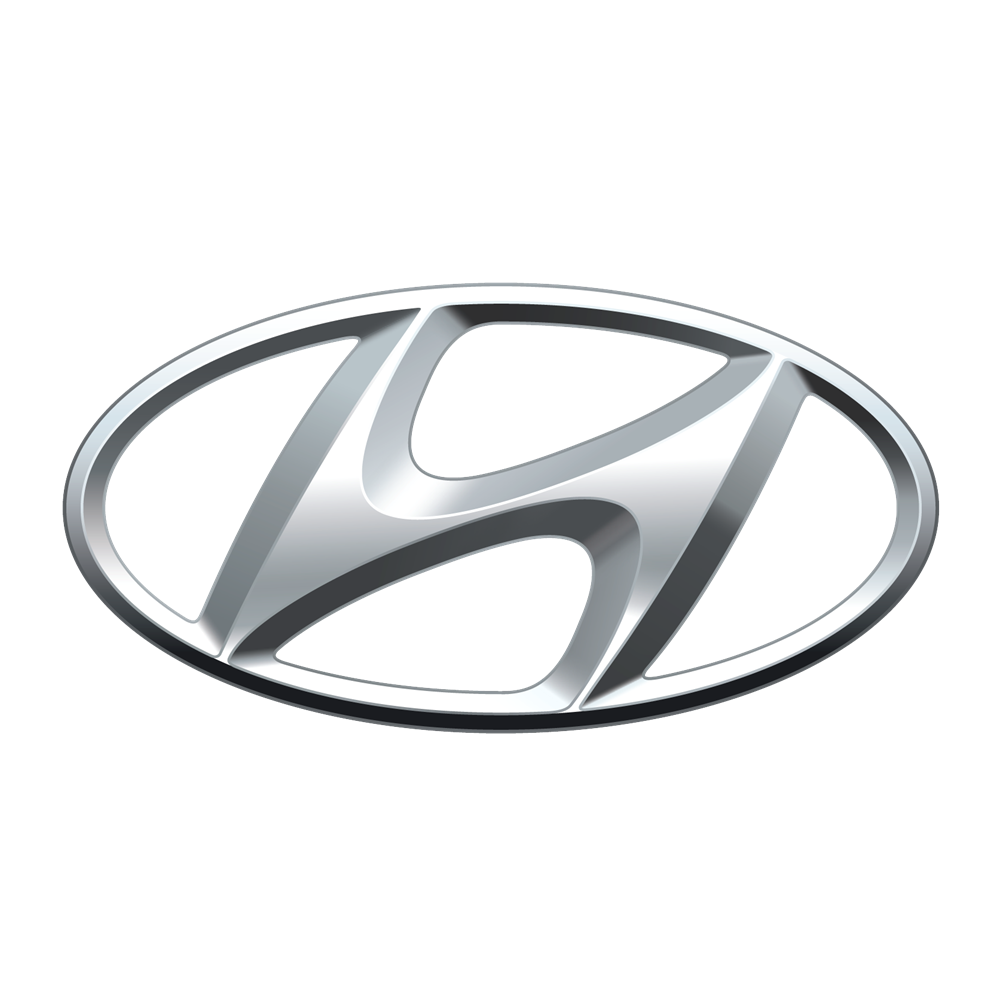Dodge’s Smallest Car Was A Rebranded Hyundai
We recently reported on a rumor that Hyundai could be partnering with General Motors to release a new GM truck stamped with the H badge. Hyundai sold a respectable 36,675 Santa Cruz units in 2023, so they know how to build a solid compact truck, but they’ve never explored the full-size pickup market. For now, this is just a rumor, but it could be exciting to see what Hyundai can do on a GM ladder-frame platform.

Hyundai
Hyundai Motor Company was founded in 1967 by Chung Ju-yung, 20 years after the birth of the Hyundai Engineering and Construction Company. The automotive marque’s first model was the Cortina, birthed with the help of Ford in 1968, while its first self-developed car arrived the year after as the Pony. Since then, the company has found success with affordable cars and has consistently become known for reliability and value. Nowadays, its ventures vary from combustion, hybrid, all-electric, and hydrogen mobility solutions to robotics.

Dodge
Like many automakers, Dodge evolved from being a machine shop that supplied parts and assemblies in the early 1900s to a fully-fledged automaker. The Dodge brothers started building cars in 1914 under the ‘Dodge Brothers’ brand – the company was sold to Chrysler in 1928, originally producing trucks, full-sized passenger cars and compact cars. These days, the brand is known for performance cars like the iconic Charger and Challenger, sold under the Stellantis banner.
These cars weren’t sold in North America, though we have our own examples of
badge-engineering
.
This is far from the Korean brand’s first rodeo when it comes to rebadging, though, and we’re not just talking about the three-piece combo that is Kia/Genesis/Hyundai. In fact, this wouldn’t even be Hyundai’s first partnership with an American truckmaker, as the brand has a long history with Dodge, with the American brand lending its name to a pair of Hyundais for release in Latin America. We’re talking about the Hyundai Getz and the Hyundai Accent, or as our friends down South might call them, the Dodge Brisa and the Dodge Verna.
The Hyundai Getz, Or Second-Generation Dodge Brisa
If you’re wondering what a Hyundai Getz is, we never got this one in the US. This is a subcompact hatchback launched in 2002, and it’s been known by more than a few names. South Korea got the Hyundai Click, Japan got the Hyundai TB, Australia and New Zealand got the Blade Electron, and Venezuela got the Dodge Brisa.
2006 Dodge Brisa Performance Specs | |
Engine | 1.3-liter I4 |
Power | 81 hp |
Torque | 86 lb-ft |
Transmission | 4-speed manual |
Drivetrain | Front-wheel drive |
If a Dodge-branded Hyundai isn’t confusing enough, the car was actually produced by MMC Automotriz S.A., a brand that is now known primarily for manufacturing Mitsubishis, but once served as Hyundai’s main manufacturer in the region. And here’s something else to cloud the issue: the Brisa actually started life as a Hyundai Accent for its first generation. MMC Automotriz S.A. didn’t start badge-engineering the Getz until 2006, for the Brisa’s second generation.

Related
Dodge Challenger Wannabe Costs Twice As Much The Japanese Car It’s Based On
It’s called the Mitsuoka M55, and yes, it’s a fake Dodge Challenger.
The reason for the switch: the Accent-based Brisa wasn’t selling so well, so they decided to drop the car, but keep the nameplate. The second-gen Brisa ran from 2006 to 2009, running the Getz’s 81-hp 1.3-liter Alpha engine. The Getz itself only ran for a single generation, becoming Hyundai’s best-selling vehicle in Europe from 2003 to 2008, moving 123,701 units in 2004 alone.
The Hyundai Accent, Or Dodge Verna
The Verna name dates back to the first-generation Hyundai Accent, when the car was sold in some markets as the Hyundai Accent Verna. The second generation, launched in 1999 for the 2000 model year, would be sold in Mexico as the Dodge Verna. Available information is limited as to which configurations were made available in Mexico, but we’ve seen listings for parts for a 2004 1.6-liter model, so we can at least verify the existence of the top-spec Verna.
2004 1.6L Dodge Verna Performance Specs | |
Engine | 1.6-liter I4 |
Power | 103 hp |
Torque | 106 lb-ft |
Transmission | 5-speed manual |
Drivetrain | Front-wheel drive |
The second-gen Accent has also been rebadged as the Glad Accent in Sudan, the Hyundai Brio in Puerto Rico, and, our favorite, the Hyundai Super Pony, a nameplate used specifically for the taxicab market.

Add CarBuzz to your Google News feed.
Hyundai launched a third generation Accent in 2005, but the second-gen model was still being sold in Egypt until 2019 (where it sold alongside the third-gen models), Russia and Indonesia until 2012, and India until 2016. The Dodge Verna lasted in Mexico until at least the 2006 model year.
Let’s Not Forget The Hyundai Equus, or Mitsubishi Proudia
1999 Hyundai Equus/Mitsubishi Proudia Performance Specs | ||
Engine | 3.5-liter V6 | 4.5-liter V8 |
Power | 241 hp | 276 hp |
Torque | 252 lb-ft | 304 lb-ft |
Transmission | 5-speed automatic | |
Drivetrain | Front-wheel drive | |
Mitsubishi launched the Proudia, or Dignity, in 1999, co-manufacturing in partnership with Hyundai from the start. For Hyundai’s part of the deal, they secured the rights to produce their own version of the car, the Hyundai Equus, from 1999 to 2009. The Proudia/Dignity was, unfortunately, not a hot seller, and would move a measly 1,227 units in its three-year run. The Equus, on the other hand, went on to some success, especially in South Korea, resulting in a popular limousine model, and a second generation model running from the 2010 to 2016 model years.

Related
Cars Built By Porsche That Don’t Wear A Porsche Badge
Porsche contributed to the creation of several vehicles from other automakers over the years- including some that weren’t cars at all.
This wasn’t the first team-up between these two Asian automakers. Hyundai loaned an Excel to Mitsubishi to be sold as the Precis in the US in order to get around the voluntary import quota that affected the Mitsubishi Mirage, on which the Excel itself was based. International readers might know Hyundai by the Bimantara name, applied to the Accent and the Elantra for the Indonesian market. Malaysians may have driven the Inokom Atos, known as the Dodge Atos in Mexico, or the Kia Visto in South Korea.
Really, the list goes on, and it begs one question:
What’s With All The International Rebadging, Anyway?
There are plenty of reasons to badge-engineer a vehicle for the international market. One of the most common motives is that it’s a cost-effective way to expand your market presence in a given region. If your newest model is selling like hotcakes in Mexico, you can either invest in the development and manufacturing of a whole new car, or you can borrow a model from one of your partners, and grow your brand without doubling your budget. When Volkswagen wanted to get into the (then-hot) North American minivan market in the early 2000s, they borrowed the Dodge Grand Caravan and sold it as the VW Routan, a sporty, upscale alternative to the Chrysler model.

Related
7 Upgrades The Ram 1200 Needs Before It Can Be Sold In The USA
Here’s what we think Dodge should do if it brings the Ram 1200 stateside.
Another motive would be the example we cited regarding the Mitsubishi Precis, where Mitsubishi borrowed the Hyundai Excel in order to get around trade tariffs, selling a Korean-made car with Japanese DNA to America. And sometimes, it’s just good marketing. Check out the RAM 1200, a unibody pickup marketed for fleet work in Mexico. It’s actually a rebranded Fiat Titano, but doesn’t RAM 1200 sound like a much tougher work truck?
Sources:
Automotriz,
Hyundai
.

